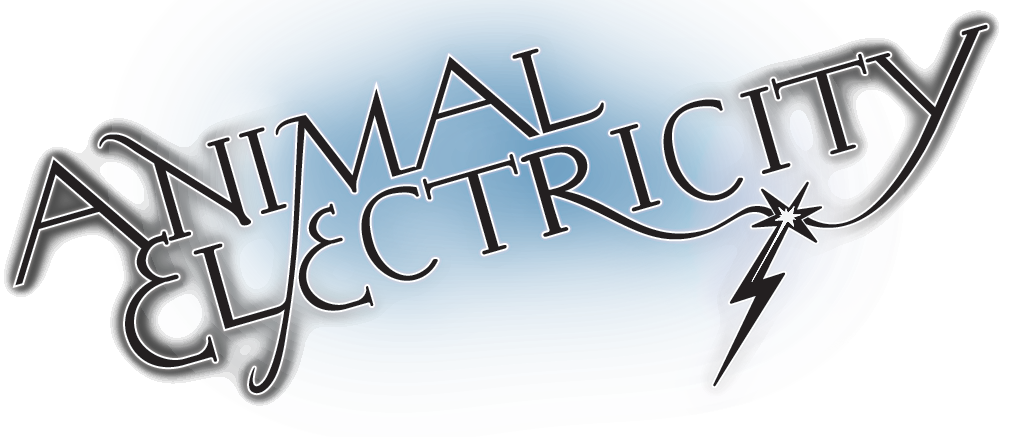Okay, so somehow this blog is nearly a decade old. Time for an end-of-decade round-up of readers' favourite posts. Let's start with Pre-Greenlight Marketing (PGM) which is my take on upstream marketing for the film industry. You can have all the story skills in the world, but if you're not combining them with a knowledge of the business (and your market niche within the business) you're almost certainly wasting valuable time and money.
Some of these lessons also go back the other way, of course. Beyond the obvious areas of writing narrative-led advertising copy, or capturing audiences with compelling and relevant content, the notions of Fractals and Holding to the Edges to stand out, are just two of many examples of how storytelling can inform the larger picture of your campaign, and relationships with your customer.
Bear With Me
Who is your customer? Who is it really?
Seth Godin on why marketing is too important to be left to the marketing department
The most important marketing seminar you'll ever watch?
Fractals
Consistency of message, whatever the medium.
The Four Necessities of a Strong Logline
An incredibly powerful tool for creating the strongest possible story, and selling it.
Similar but Different
Arguably the most important concept in script development.
Is Your Film "Remarketable”?
Advertising is no longer reliable. Why are people going to talk about your film?
Legwork 10 Step Checklist
My company's proprietary checklist before we'll greenlight.
There is no more room in the middle
In a saturated market, you have to be at the edges to stand out.
Legwork Films
Introduction to my PGM consulting company.
Festival Marketing
Why, after 23 Cannes Festivals, I might be able to help you land a buyer.
Enjoy,
RK


